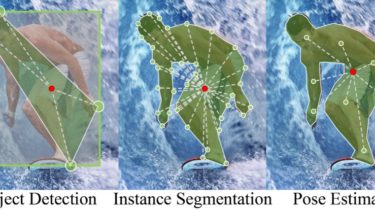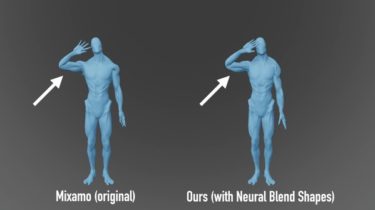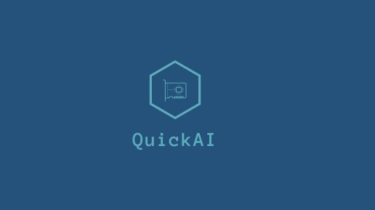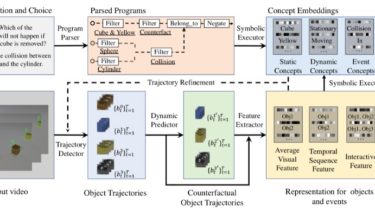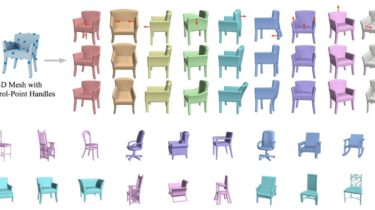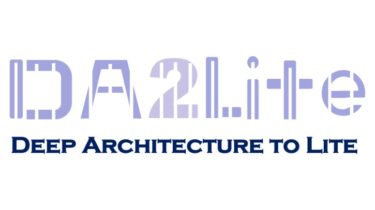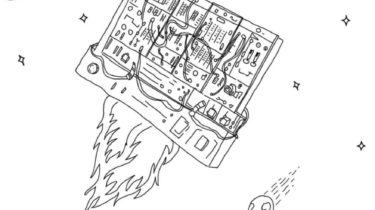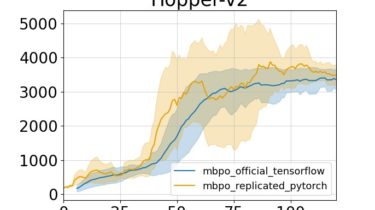Location-Sensitive Visual Recognition with Cross-IOU Loss
LSNet The location-sensitive visual recognition tasks, including object detection, instance segmentation, and human pose estimation, can be formulated into localizing an anchor point (in red) and a set of landmarks (in green). Our work aims to offer a unified framework for these tasks. Abstract Object detection, instance segmentation, and pose estimation are popular visual recognition tasks which require localizing the object by internal or boundary landmarks. This paper summarizes these tasks as location-sensitive visual recognition and proposes a unified solution […]
Read more